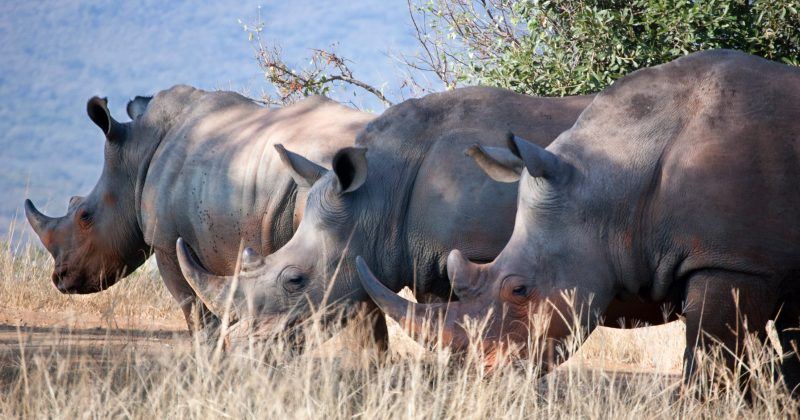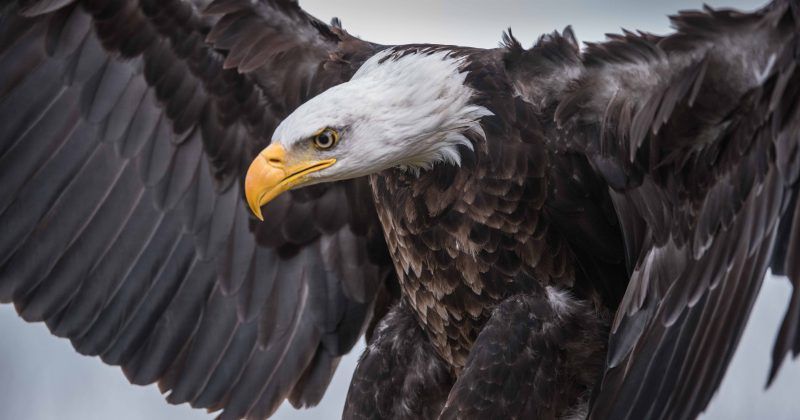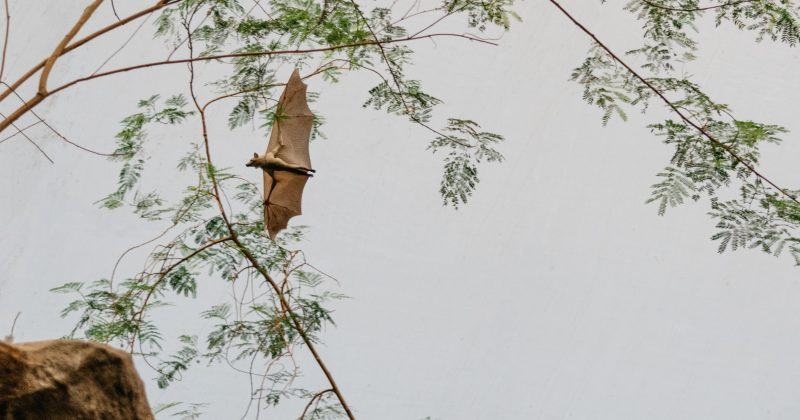
A new DNA tool may help reduce illegal wildlife crime
There are approximately 41 000 species on the Red list of the International Union for Conservation of Nature (IUCN)(http://www.iucnredlist.org/), the most comprehensive inventory of the conservation status of plant and animal species. Of these species, 16 306 are classified as endangered species at risk of extinction.Although extinction is a natural evolutionary process, human activity such as hunting and wildlife crime has been a significant contributor to the number of species at risk of extinction and the loss of biodiversity.Wildlife crime refers to the illegal selling and trade of animals and plant parts such as tissue, bone and meat for the purpose of food, pets, leather, medicine and regalia. Increased levels of wildlife trade has caused a negative effect on wildlife populations and is a significant threat to the survival of many species.However, engineers have recently developed a new tool, a DNA barcoder, which can rapidly identify species using a minute sample of tissue.The DNA barcoder uses a DNA sequence to...





